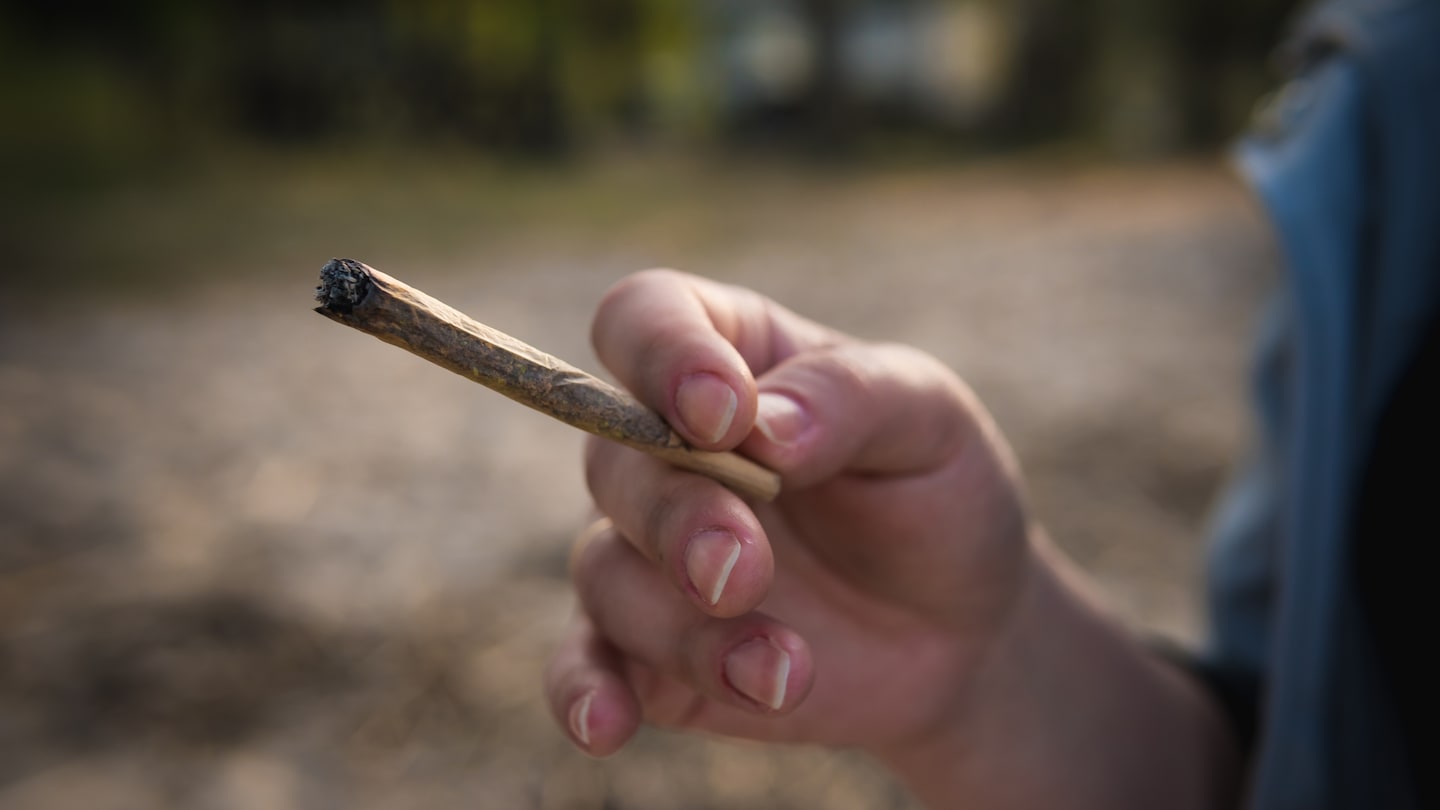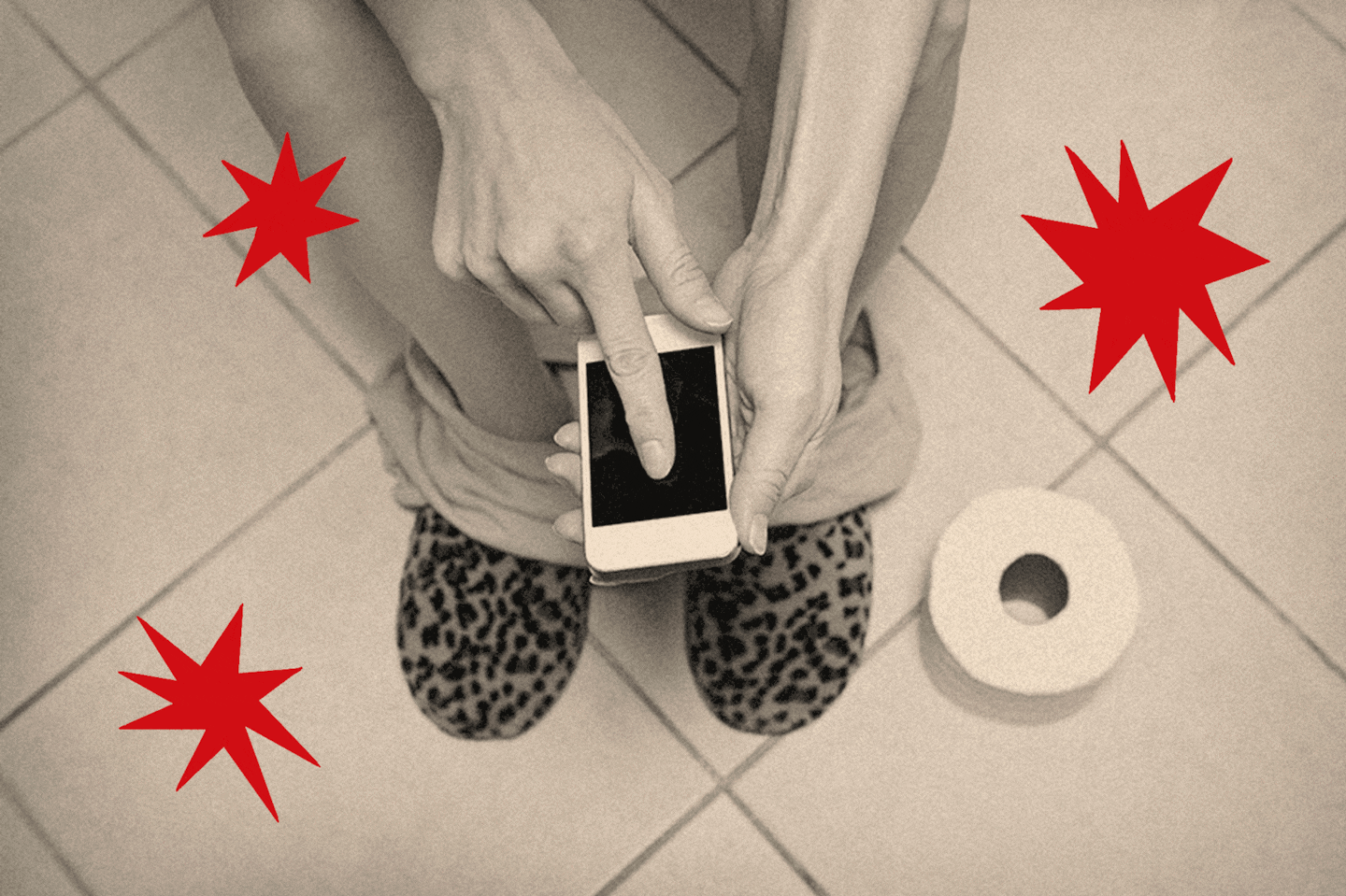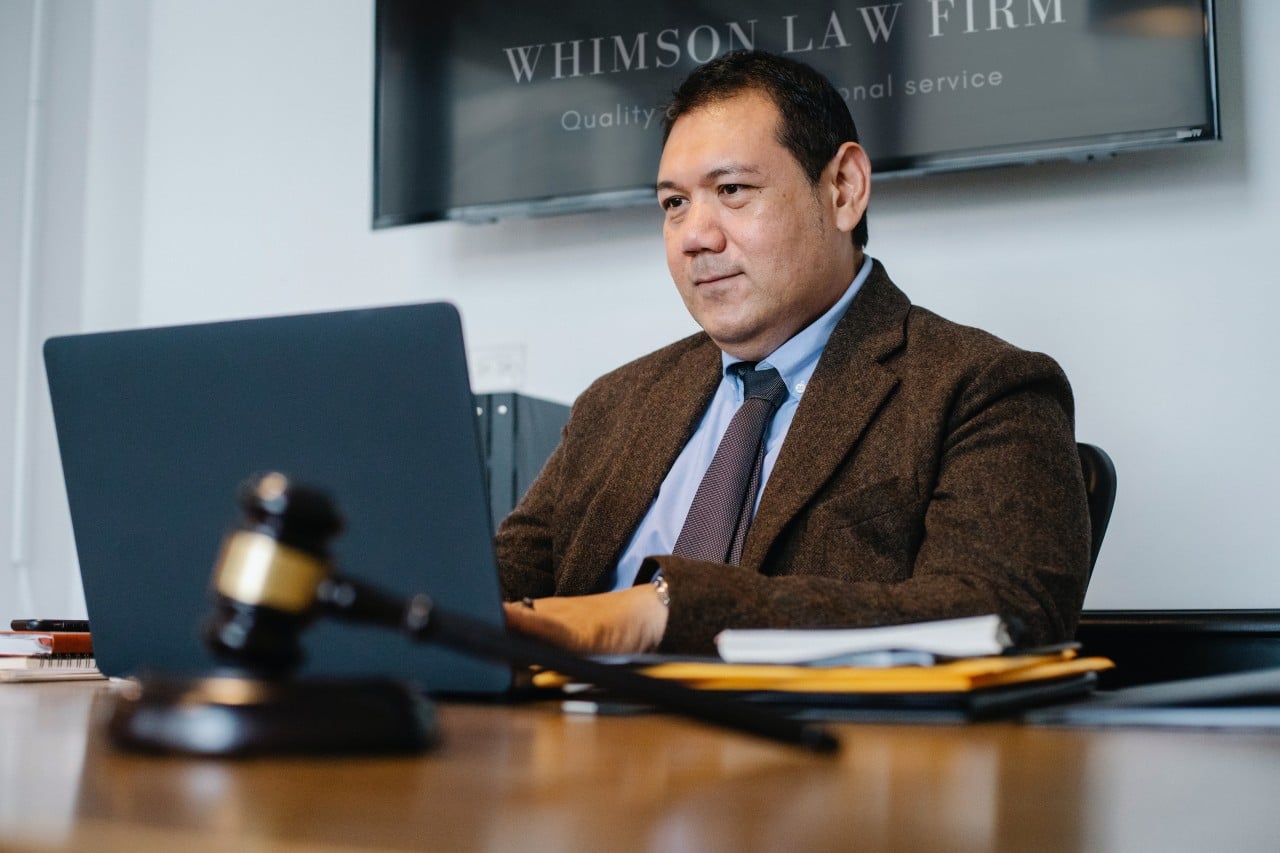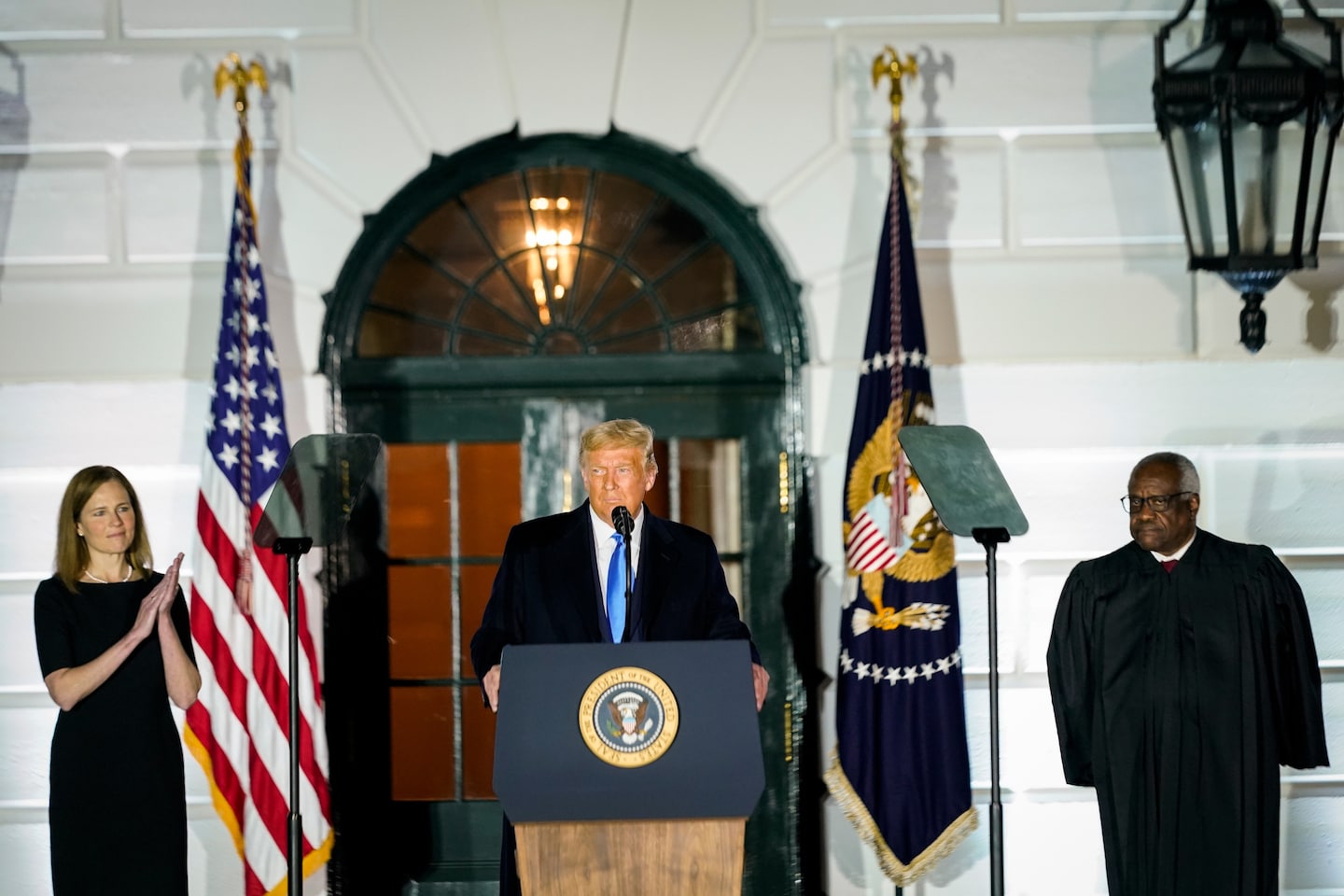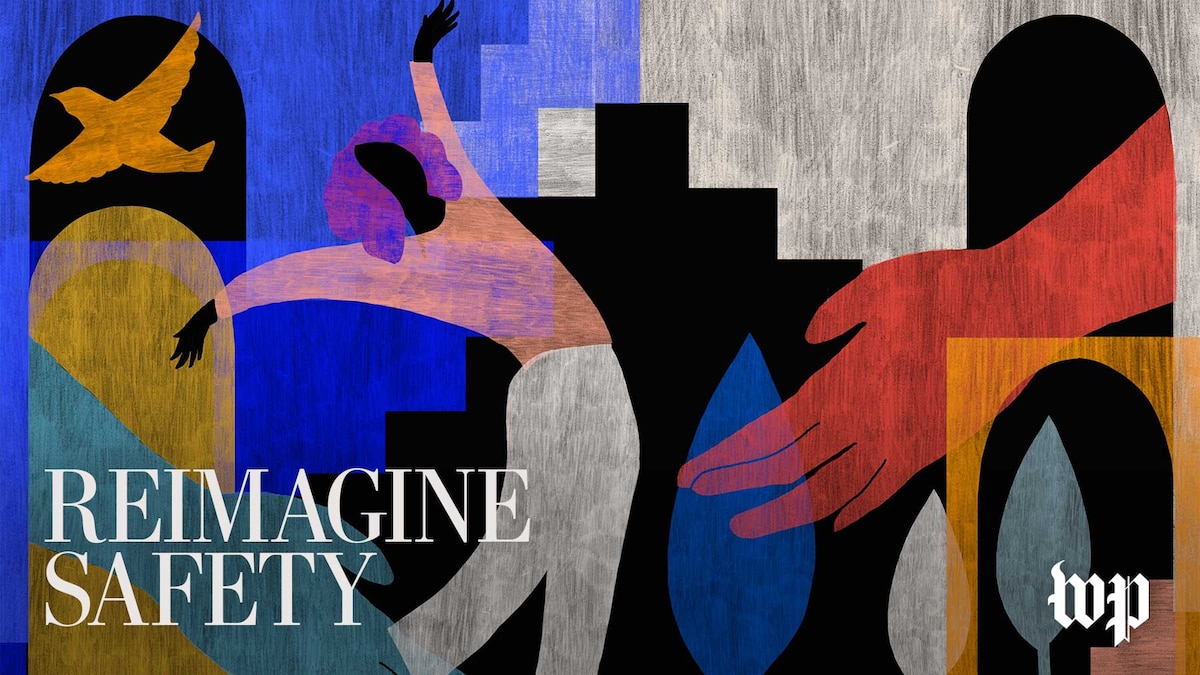
Rayshard Brooks was killed by a police officer in Atlanta after Wendy’s employees called the cops to complain that a man, asleep in his car, was blocking the drive-through lane.
Daniel T. Prude died in Rochester, N.Y., after police officers forced him into a hood and then pushed his face to the ground while he was in the throes of a psychotic episode. His brother had called 911, later saying, “I placed a phone call for my brother to get help. Not for my brother to get lynched.”
Kenneth Shultz has been homeless for more than nine years and has been charged with trespassing 96 times. As ABC News has reported, Mr. Shultz has spent 1 out of every 3 nights of the past nine years in jail and has more than $40,000 of debt from court costs, fines and fees.
In each of these instances, was law enforcement really the best public safety tool?
What if, instead of the police, the Wendy’s staff had been able to call an unarmed community patrol worker — perhaps a neighbor who knew Brooks — to drive him home or to a sober-up station for the night?
What if instead of facing armed police officers while in the agony of a mental breakdown, Prude had been assisted by a crisis worker and a medic who were trained to de-escalate the situation and could connect him to mental health crisis services?
What if instead of being repeatedly arrested for trespassing, people without homes such as Mr. Shultz were given the medical care they so often need and offered transport to a shelter?
Brooks, Prude, Mr. Shultz and countless other Americans are failed by a system of public safety that defaults to the police at the expense of developing serious alternatives. It’s not just that law enforcement is ill-equipped to help people in crisis and that other organizations could do better. In some cases, police cause unnecessary harm. In many cases, communities and law enforcement would support police functions being reassigned to trained civilians.*
Incident response is an obvious candidate. Noting that a disturbing number of killings by police originate in a 911 call, jurisdictions around the country are questioning whether an armed police officer is really the best response to most calls for help. Philadelphia, Dallas, Denver and Atlanta are among the growing number of cities experimenting with new, unarmed response teams to better respond to crisis calls, particularly where mental health is involved.
Atlanta’s Policing Alternatives & Diversion Initiative (PAD) was born in 2017 out of frustration over the frequency with which police arrest people for crimes of homelessness and poverty, such as public urination. By intervening before arrest, PAD can keep vulnerable community members out of jail for minor offenses and instead offer them support. Today, program participants are referred either by police officers, who can call PAD instead of making an arrest, or by community members, who can call 311 for a non-police, support-driven response.
Not all such programs are new. For three decades, Crisis Assistance Helping Out on the Streets (CAHOOTS) in Eugene, Ore., has sent a medic and a crisis worker in response to 911 calls that involve a nonviolent emergency. According to the White Bird Clinic, which runs the program, CAHOOTS costs about $2.1 million a year. Based on the Eugene Police Department’s estimated cost of $800 per police response, the clinic estimates that CAHOOTS saves the city about $8.5 million in public safety spending per year.
But beyond saving money, reimagining incident response could give people in crisis the help they need — it could keep Mr. Shultz from another night in jail and possibly prevent deadly, unnecessary escalations of the sort that killed Brooks and Prude.
There will always be emergency calls that warrant a responder who can use force, but they are surprisingly rare. In 2020, calls about violent crime — homicide, rape, robbery and aggravated assault — made up only about 1 percent of police calls for service in many city police departments, including Baltimore, Cincinnati, New Orleans and Seattle.
There will also always be murkier situations in which the presence of someone authorized to use force could prevent harm by de-escalating conflict but might also lethally escalate the situation.
Even then, jurisdictions could experiment with a blended response in which civilians and law enforcement work together. Civilian responders including medics, crisis workers and others with rigorous de-escalation training could try to resolve crises while law enforcement waits nearby, out of sight. If civilian responders aren’t able to resolve the situation, they could call for backup. That capability could save lives, but again might be needed in surprisingly few cases: In 2019, out of 24,000 calls the CAHOOTS team received, police backup was requested only 150 times.
Overhauling incident response is not a panacea. The police can’t solve complex social problems, but neither can civilian responders. Connecting homeless people with medical or social services is obviously more humane and helpful than arresting them for trespassing, but neither will address the toxic web of abuse, affordable-housing shortages and addiction that contributes to homelessness in the first place. Incident response reform must be just the first step.*
Still, cities around the country are realizing that this first step is crucial — that they can offer people help they really need while minimizing the chance that a lethal escalation will make a person’s most vulnerable moments their last. Our current system wasn’t designed consciously to answer the question “What would be the best response to emergencies that flow from homelessness, mental health crises and addiction?” By considering that question more thoughtfully, we can build systems that help where today’s systems hurt.

